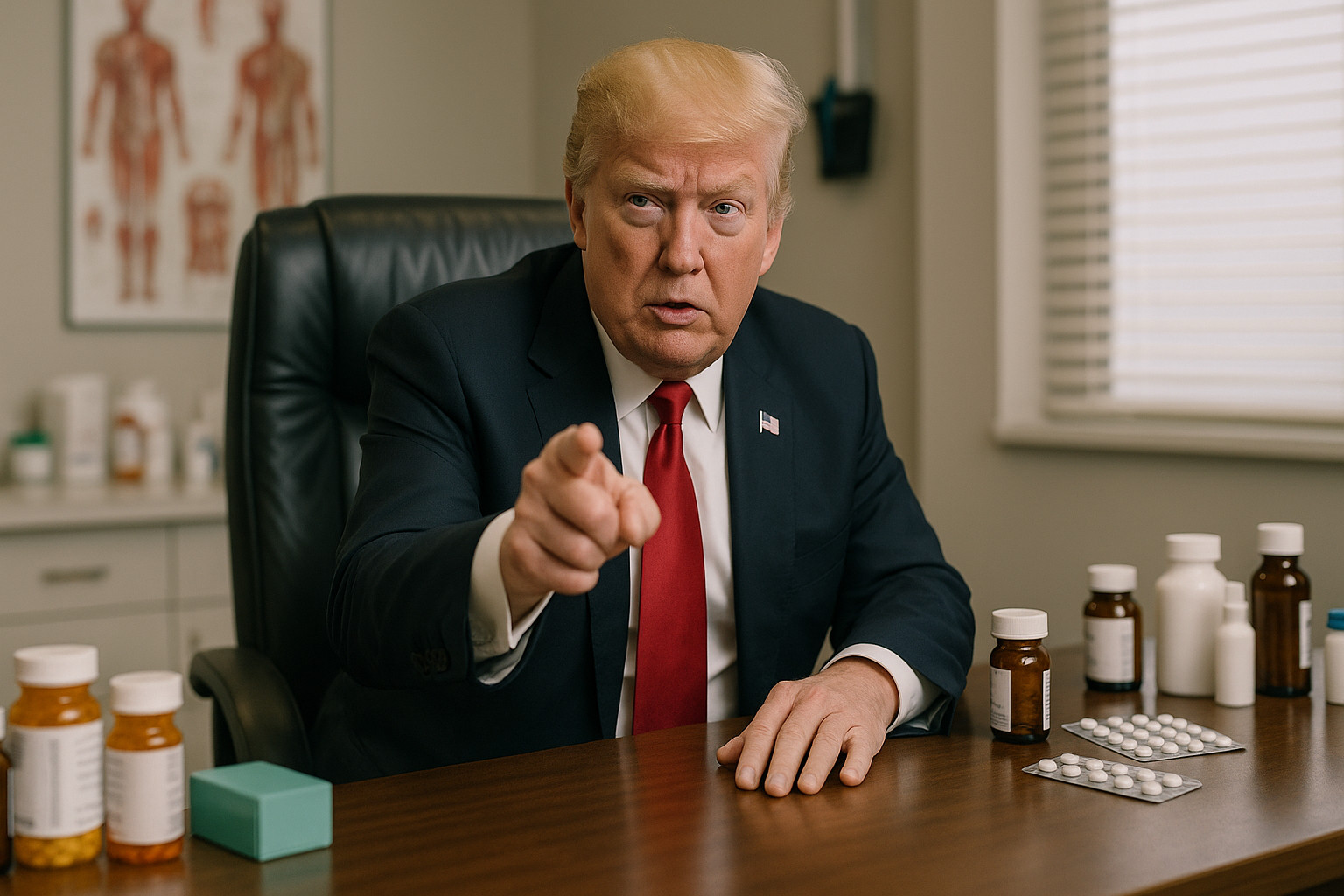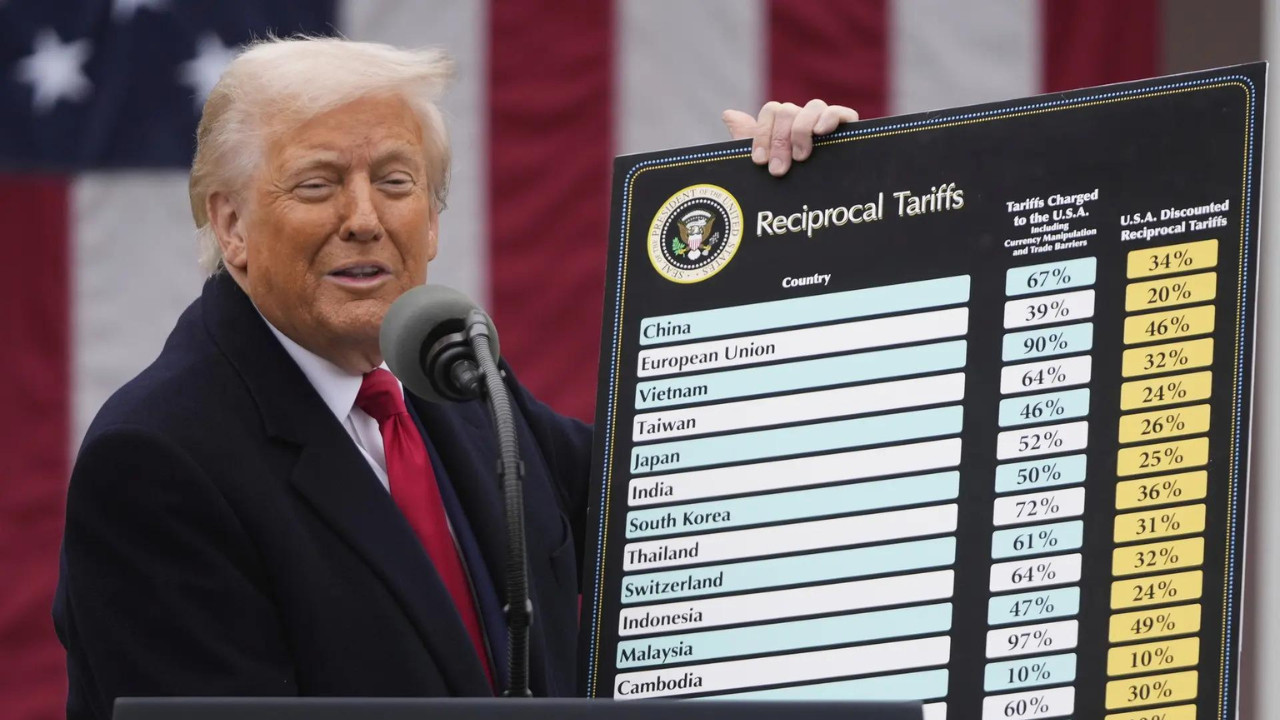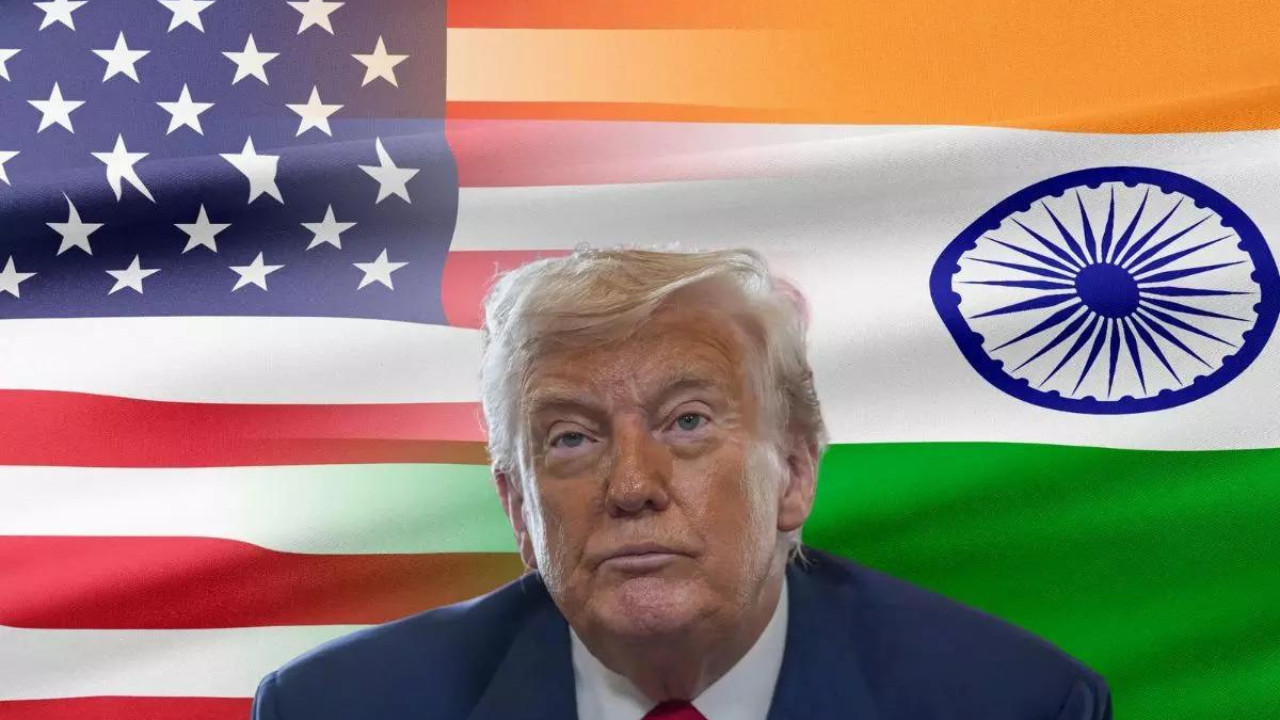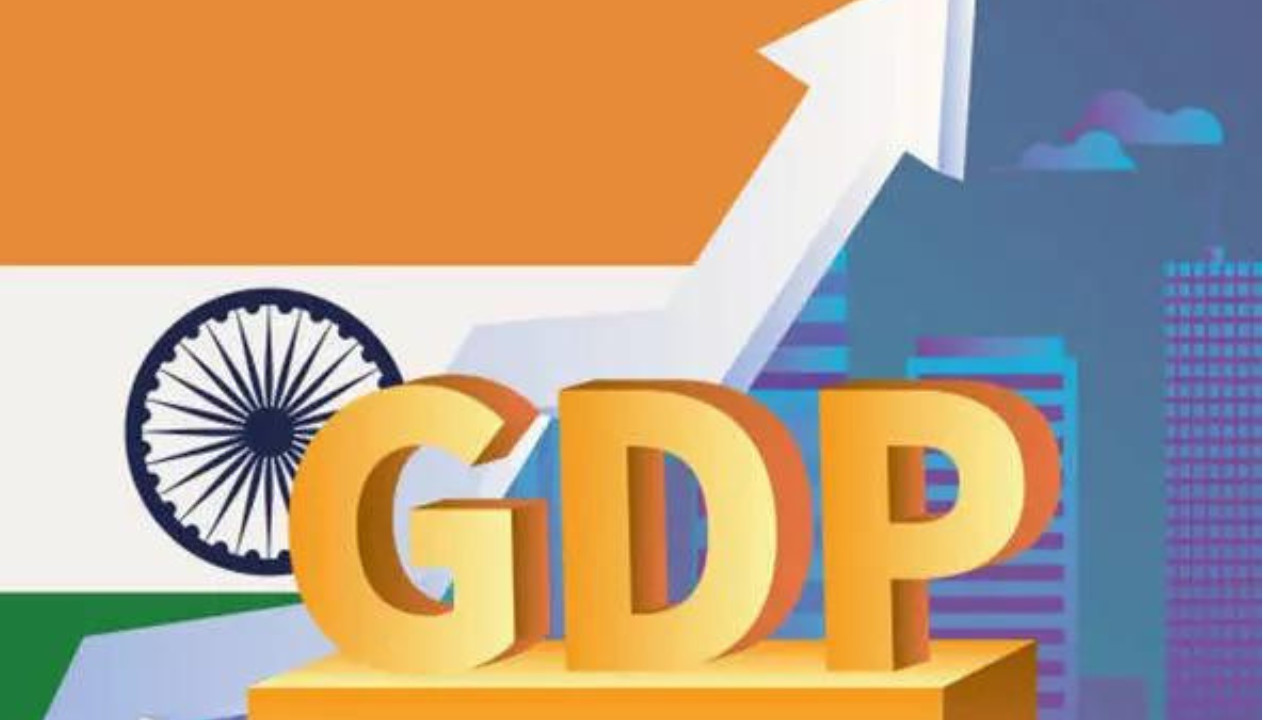Donald Trump has issued a stern warning to major pharmaceutical companies, demanding they drastically reduce prescription drug prices in the US. In letters to firms like AbbVie, Trump insisted on implementing reforms to lower costs for American patients, who face some of the highest drug prices globally.
Big Pharma on Notice: Is a Shakeup Coming for Drug Prices?
For years, Americans have felt the pinch of escalating prescription drug costs, a burden that often feels unfairly heavy compared to what citizens in other developed nations pay. Now, the winds may be shifting. Former President Donald Trump, long before his current legal battles, threw down a gauntlet to the pharmaceutical industry, demanding they lower their prices or face consequences. But what does this really mean, and could it actually lead to more affordable medications for everyday people?
The crux of the issue is simple: Americans are paying significantly more for the same drugs than people in countries like Canada or the UK. This disparity isn’t due to superior American innovation or manufacturing, but rather a complex web of regulations, market dynamics, and lobbying power that favors pharmaceutical companies. Trump, sensing a potent political issue, zeroed in on this discrepancy. His administration publicly stated a need for “fairness” and threatened action if companies didn’t comply with the demand for lower prices by a set deadline.
Cracking Down on Drug Prices: More Than Just Talk?
The threat of action, of course, is the key. Past administrations have made similar noises about reining in pharma, but powerful industry lobbying has historically blunted any serious attempts at reform. What made Trump’s approach different – or at least, potentially different – was his willingness to consider unconventional measures. One of the options floated was allowing the United States to negotiate drug prices directly with manufacturers, something that’s already common practice in many other countries. This would represent a major shift in power, potentially saving billions of dollars annually.

Another potential lever was the importation of cheaper drugs from other countries, particularly Canada. This proposal, though seemingly straightforward, faces significant hurdles, including concerns about drug safety and the potential for supply disruptions. Still, the fact that these options were even being considered signaled a growing frustration with the status quo.
The Industry’s Response: A Defensive Posture
Unsurprisingly, the pharmaceutical industry pushed back hard. Their arguments typically center around the high cost of research and development, claiming that lower prices would stifle innovation and ultimately harm patients. They contend that profits are necessary to fund the development of new, life-saving drugs. While there’s certainly truth to the R&D investment argument, critics point out that the industry spends vast sums on marketing and stock buybacks, often dwarfing their research budgets.
Moreover, the opacity surrounding drug pricing makes it difficult to assess the true cost of development and production. The industry’s reluctance to be transparent fuels suspicion that prices are artificially inflated to maximize profits. This lack of transparency has been a persistent pain point in the entire drug prices conversation.
Beyond Trump: The Ongoing Battle for Affordable Medication
While Trump’s deadline has passed, the underlying issues remain. The fight for affordable medication is far from over. Subsequent administrations and Congress are still grappling with these challenges, exploring various policy options like capping insulin costs and increasing generic drug competition.
The debate is complex and multifaceted, with no easy solutions in sight. The tension between incentivizing innovation and ensuring access to life-saving medications is a delicate balance that requires careful consideration. The pharmaceutical industry is a powerful force, but the growing public outcry for lower drug prices is a force to be reckoned with. See here for a look at the current status of ongoing healthcare debates.
A Future Where Medications Are More Affordable?
The future of drug pricing in America is uncertain, but one thing is clear: the current system is unsustainable. Whether it’s through government negotiation, increased competition, or regulatory reform, change is inevitable. The question is not if, but how, and how quickly can we achieve a system that balances innovation with affordability, ensuring that life-saving medications are accessible to all who need them.







